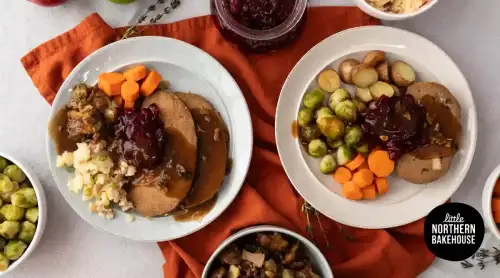
Celiac.com 12/01/2025 - We asked Little Northern Bakehouse subscribers to share the gluten-free holiday survival hacks, tricks and tips, or magic they've mastered to help fellow gluten-free eaters have a safe - and joyfully gluten-free - season. And goodness, were they generous with their gift of gluten-free holiday guidance!
So, we're sharing their gluten-free secrets to surviving the season with our sincerest wish that our community's wisdom will help you navigate the pitfalls of potlucks and parties with confidence - including plant-based and allergy-friendly holiday ideas to welcome everyone to our gluten-free holiday table.
Celiac.com Sponsor (A12):
Because no matter what you celebrate from November to New Year's, everyone who eats gluten-free needs a sack of strategies to survive the holiday season - and all the festive foods and social eating occasions that go with it!
Read on to check out what subscribers shared about eating your way through family gatherings and holiday parties ahead - safely and deliciously gluten-free.
When You're the Holiday Host, You Make the Menu
"I have offered to do the meal at my place. Everything is guaranteed gluten-free and no one even knows the difference. It's more work on my end but family usually offers to bring something so I have them bring some veggies. This way I can provide the gravy, rolls, the sauces etc. that are usually gluten filled. It works out great!"
- Kim C.
"We host Thanksgiving at our home every year. I'm a celiac as well as 2 of my daughters and 3 granddaughters, so we are careful to make only gluten-free food for everyone. I make 3 kinds of potatoes, cheesy, mashed & sweet potatoes. I also make biscuits or we have store bought gluten-free rolls. The [mains are] always gluten-free. We have desserts and salads, all gluten-free. If anyone brings anything containing gluten it is placed in another area, so there will be no mistakes. We all love that we can eat everything without worry or asking what's in it."
- Bev Cummings
"I host! So everything is GF and also delicious!"
- LN B.
"If I'm hosting, I will also include the same type of some dishes but made allergy friendly (such as one regular gravy, one gluten-free & dairy-free; one regular stuffing & one gluten-free & dairy-free, making mashed potatoes but mixing in two separate bowls (having one with dairy-free butter and oat milk). I will also include dishes that everyone can enjoy with or without allergies, such as … brussels sprouts, broccoli salad, and veggies."
- Dawn Coleman
"Everyone eats gluten free, to make preparing dinner easier and less dishes to clean!"
- SJ graham
Trending Non-Traditional Gluten-free Holiday Menu Items
Fondue For the Win!
"[We're] doing a fondue so I buy gluten-free fondue and we can all eat safely."
- Cynthia Hache
"A successful tip for a safe gluten-free meal this holiday is preparing a savoury vegetable broth fondue and dip your favourite Northern Bakehouse bread, vegetables, and [proteins] in it … Use a separate pot for the gluten-free folks so no cross contact comes about if anyone is using non-gf dipping items. Enjoy the simmering foods while you chat about the holidays!"
- GF food!
Charcuterie Counts
"Charcuterie boards are a life saver! Very easy to prepare a few separate boards where the crackers / breads / cookies are away from the [proteins] / cheeses / veggies!"
- Chelsie H
Talk to Your Host (The Guest Who Gives, Gets)
"I do a couple of things. I call the hostess and ask if I can bring something to compliment what she has planned and then I know that item is safe. For an appetizer evening, I bring my own crackers and there is usually always cheese so that works. If it's a potluck, I bring a main and dessert and then I know I have at least 2 items, again, a small bag of cheese and crackers in my purse can supplement. If dining out, I call ahead to alert the restaurant and then touch base first thing with the server."
- Barb S
"Always offer to bring the one offering that you most love to the potluck - be it stuffing, dessert, rolls - and ensure it is GF. It is possible to have tasty GF stuffing, bread pudding and other desserts and sides, thanks to Little Northern Bakehouse products and recipes! If it isn't a potluck situation, I have no problem bringing small servings of the above so I can safely partake in the main meal without stressing out the host by asking them to provide GF options. Also, a simple conversation with the host can educate them on how easy it is to ensure GF options (offer to provide GF salad dressings, broth, spices, etc.). Not saying anything or offering to help is more awkward than doing so."
- Terri M
"My special needs daughter is celiac, and we just had a very large gathering at my sister's for Thanksgiving. I checked with the Host (my sister) ahead of time to make sure which items she was making were safe, and then brought 2 GF sides and a GF dessert to contribute to the meal. These items were covered, had spoons from home, and I made little chalkboard signs for in front of each one indicating that it was Gluten-Free. Anything that anyone else brought, they willingly told us what the ingredients were. Most [proteins] and vegetables are easy to make GF!"
- Joanne S
Any Party Can Be a Potluck
"Don't sweat the small stuff. Take your own plate of food to a holiday dinner if the meal isn't safe for you (allergies / celiac) and communicate your needs if someone is making you a meal. Sometimes offering to help cook the meal is a great option too. If it's just easier for you to take food with you, just do that. It will cause you less stress and you'll be more present with your loved ones."
- Kate S
Turn up with Treats
"One of my tips is that I bring the dessert to gatherings which is allergy friendly (including no gluten, dairy, nuts, sesame, or coconut). Our family has a wide range of allergies and I want to make sure no one is left out. I make sure it tastes just as yummy as a regular dessert would so you can't tell the difference!"
- Dawn Coleman
"I always take a dessert such as a blueberry crumble with a label on my bowl/serving dish indicating it's gluten and egg free along with my own serving utensil. I feel deprived if I can't have a sweet treat at an event."
- Isobel
"Bring some gluten-free treats with you to the party so that you have something to enjoy. Bring extra just for the host."
- Angela Marie
Show up with Stuffing
"Make your own stuffing because you'll be sad when everyone has stuffing and you don't!"
- Miranda G
"Nothing says thanksgiving like stuffing and being GF, I did not want to miss out so, I cube up and lightly toast a loaf of hearty Seeds & Grains bread the night before to use for my stuffing the next day! I am able to use the same recipe as our family always has but make it GF. It's so good our entire family eats it that way now! Also, be sure to have plenty of GF crackers around for that world class charcuterie board before the big meal!"
- Tracey H-V
Pre-Party: Plan and Prep for Peace of Mind
"My secret to surviving is to start the preparation early! I lay out my menu and make anything ahead that I can. I like to include vegetarian items for a family member as well as my own gluten-free dishes so it can be overwhelming with the number of items on the menu. Making one a day really helps me enjoy the process."
- Deborah N
"We make GF, dairy-free, egg-free cookies and sides like stuffing and freeze them in November so that we can easily have a side dish for a gathering and bring dessert, either in my purse for our kids at community events or bring to share at a meal at a friend's place. Being prepared is key!"
- Carrie L
"Make double of anything you choose to make gluten-free and allergen-friendly. Then you have leftovers or can freeze them for later use! Save yourself some work and your future-self will thank you."
- Teeny Teena
Stock a Survival Stash
"We always eat before going anywhere and make sure to bring safe foods with us. We do share and just make sure everyone uses clean utensils before serving themselves. Our survival trick is to never go hungry to an event and be disappointed!"
- Jbeart
"I always carry a go bag for any event we are attending. A dinner bun or some cookies. It's easy to slip something onto the dinner plate."
- Nadine P
"I find that for the holidays, it's sad, but sometimes you need to bring your own food to the gathering. Don't make it obvious, maybe just have something in your purse or bag and bring it out if you truly find nothing you can have."
- Julianna
"I've started keeping a granola bar or two in each bag or jacket I use - this way no matter how quickly you're trying to get out the door, even if you don't have time to prepare a snack, you will always have something!"
- TS
"Always pack some protein. Sometimes it's a protein bar, sometimes it's some overnight oats or a bag of protein powder ready to mix with water. Making sure to bring an easy source of protein with me helps to make sure that I have something to consume if the meal isn't okay for my dietary needs or if there isn't a place for me to stop and eat."
- Alicia
"I bring gluten-free snacks, appetizers, etc. I pack my own survival pack of sauces / snacks / desserts and bring with me if I'm unsure about a meal."
- Olivia
"Have a secret GF stash just for me in case I don't have time to make my own treats. Keep my protein powder in car in single servings so I have something for holiday parties."
- Yes
Other Small-But-Savvy Seasonal Survival Tips
Gluten-free Baking Tips and Swaps
"When baking anything with gluten-free flour, always let the batter or dough rest at least 30 minutes to allow it to fully hydrate. I found this out a few years ago, and I haven't experienced any failed bakes since I started doing this."
- Donna
"Making double or triple my gluten-free flour mix so that I can make cookies whenever and not have to mix the flour at the same time!"
- Kim Lewis
"I substitute GF 1-1 flour in all my holiday baking and nobody is the wiser!!"
- Kelli M
"Using gluten-free flour blends and broths can be easily accessible and used in many recipes. The use of gluten-free corn flakes works well for stuffing if you don't want to use [a whole loaf of] GF bread (and it's a money saver)"
- CBW
Label and Separate
"If I am hosting I have a separate labelled area with gluten-free food and have my gluten-free loving guests serve themselves first."
- Anonymous
"Use unique containers to organize which baking is gluten-free and not."
- Glutenficio
"Keep foods for gluten and other allergies separate."
- Paul-André David
Simple Recipe Suggestions
"I make a pumpkin custard that tastes just like pumpkin pie filling and use healthy ingredients like honey, stevia, …gelatin [or alternative], coconut milk, and, of course, pumpkin! I spoon it into individual ramekins to set. At serving time, I top each one with whipped coconut cream. It's really delicious. No one misses the pie crust!"
- Kathy
"I make sure there is a lot of snacks, dips, jellies, pickles, crackers and we always make grilled cheese with [Little Northern Bakehouse] bread. I bake sweet treats for easy grab and go. One of our holiday favorites is the Cinnamon Raisin toast - we take Havarti cheese, thin slice of apple and we grill it in between the cinnamon raisin toast. So tasty!!"
- Ruth Cavanagh Photography
We hope you got as much out of these generously gifted Gluten-free Holiday Survival Strategies from Little Northern Bakehouse Subscribers as much as we did!
Get more gluten-free tips and tricks—and deliciously gluten-free recipes to delight friends and family all year long. Follow us on Instagram, Facebook, and Pinterest to get more of the same in your feed—and find a community of gluten-free peers, too.
Find Little Northern Bakehouse near you.


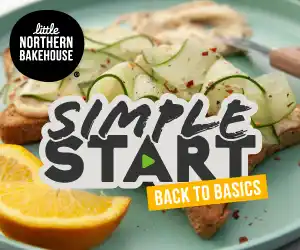

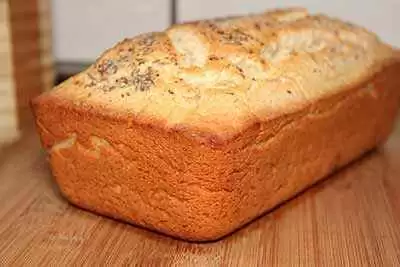

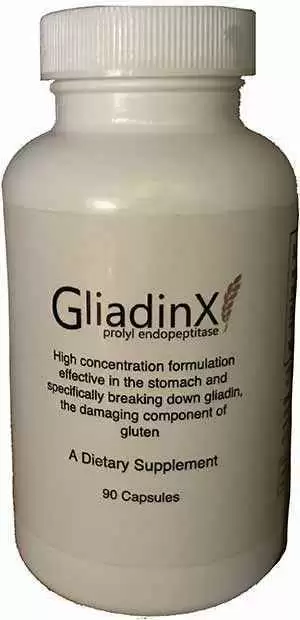
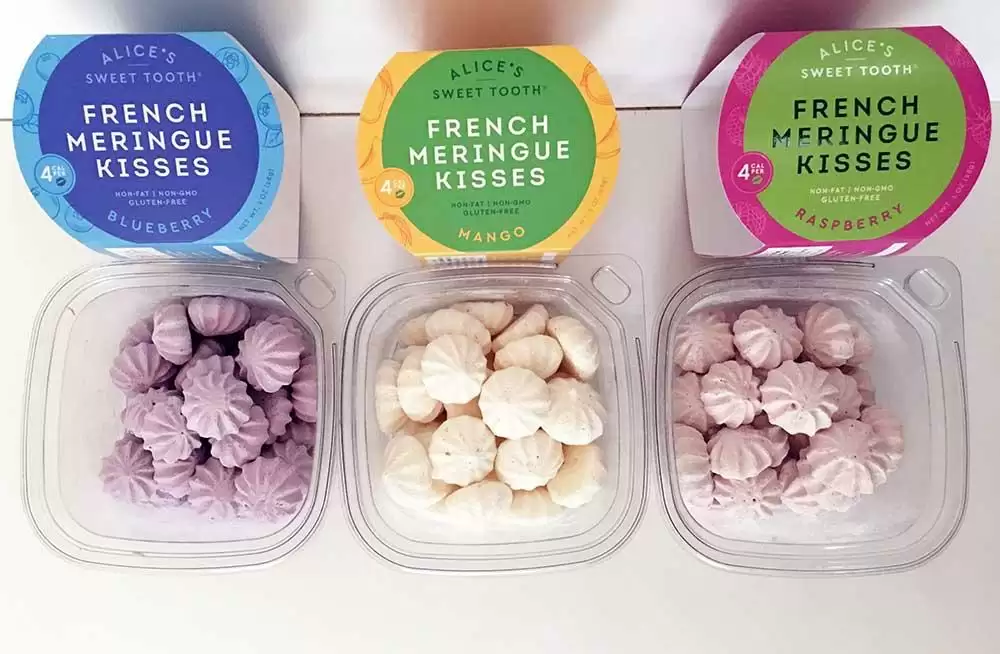
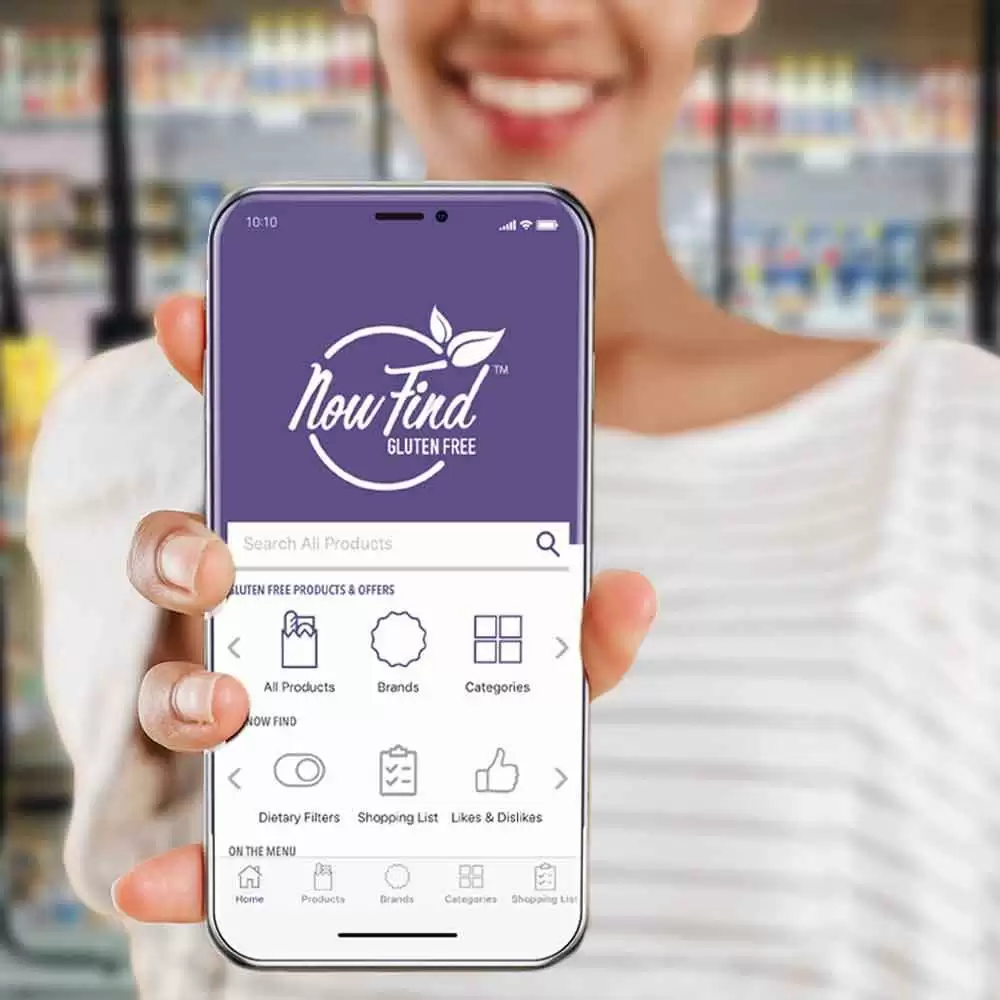


Recommended Comments